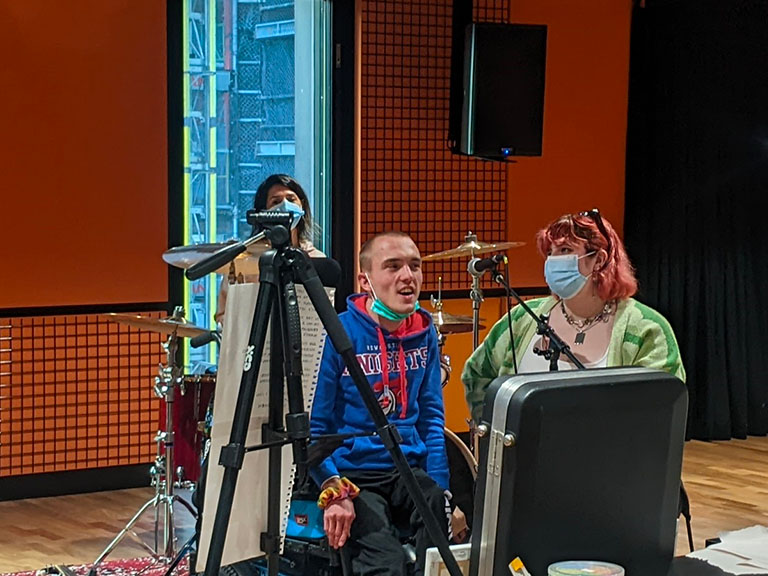Each young person should have an individualised documented transition plan that focuses on all aspects of their life. This could include a formal transition plan template, documentation in medical records or a clinical report of discussions.
1
The individual transition plan is to be developed in partnership with the young person and their family and carer. A formal transition plan is a living document throughout the transition journey.
2
Transition is best led by the local transition coordinator or facilitator.
3
Make sure the young person, family and carer has a copy of their transition plan.
4
Make sure the general practitioner and all relevant clinical teams have a copy or access to the transition plan.
5
The transition coordinator or facilitator regularly monitors, implements and revises the transition plan with the clinical team or clinician, general practitioner and the young person, their family and carers.
6
Upload the plan to the local electronic medical record (eMR) as needed.
Basically, it was we’ll give you a discharge letter and you can make your own way. Go and find the equivalent closer to home. Of course, there’s no equivalent down here. Belinda J, mother of a 19-year-old*
Measures
System and service measures
- An individual transition plan is developed, implemented and updated regularly.
- An individual transition plan is accessible and visible to the young person and all relevant health professionals.
Patient and consumer measures
- The young person is involved in the development of their plan and given a copy.
Resources
- Transition plan template. A comprehensive document and sections that are not relevant to the young person can be easily removed. This template is particularly useful when transitioning to multiple health services.

References
- Binks JA, Barden WS, Burke TA, et al. What do we really know about the transition to adult-centered health care? A focus on cerebral palsy and spina bifida. Arch Phys Med Rehabil. 2007 Aug;88(8):1064-73. DOI: 10.1016/j.apmr.2007.04.018
- Care Quality Commission. From the Pond to the Sea: Children’s transition to adult health services [Internet]. Glasgow, Scotland: Care Quality Commission; 2014 [cited 2022 Feb 10].
- Gilliam PP, Ellen JM, Leonard L, et al. Transition of adolescents with HIV to adult care: characteristics and current practices of the adolescent trials network for HIV/AIDS interventions. J Assoc Nurses AIDS Care. 2011 Jul-Aug;22(4):283-94. DOI: 10.1016/j.jana.2010.04.003
- Harris MA, Freeman KA, Duke DC. Transitioning From Pediatric to Adult Health Care: Dropping Off the Face of the Earth. American Journal of Lifestyle Medicine. 2011;5(1):85-91. DOI: 10.1177/1559827610378343
- Hopson B, Alford EN, Zimmerman K, et al. Development of an evidence-based individualized transition plan for spina bifida. Neurosurg Focus. 2019;47(4):E17. DOI: 10.3171/2019.7.Focus19425
- Kaufman M, Pinzon J. Transition to adult care for youth with special health care needs. Paediatr Child Health. 2007;12(9):785-93. DOI: 10.1093/pch/12.9.785
- Machado DM, Succi RC, Turato ER. Transitioning adolescents living with HIV/AIDS to adult-oriented health care: an emerging challenge. J Pediatr (Rio J). 2010 Nov-Dec;86(6):465-72. DOI: 10.2223/jped.2048
- Reiss J. Health care transition for emerging adults with chronic health conditions and disabilities. Pediatr Ann. 2012 Oct;41(10):429-35. DOI: 10.3928/00904481-20120924-16
- Weissberg-Benchell J, Wolpert H, Anderson BJ. Transitioning from pediatric to adult care: a new approach to the post-adolescent young person with type 1 diabetes. Diabetes Care. 2007 Oct;30(10):2441-6. DOI: 10.2337/dc07-1249
* Name has been changed to protect privacy